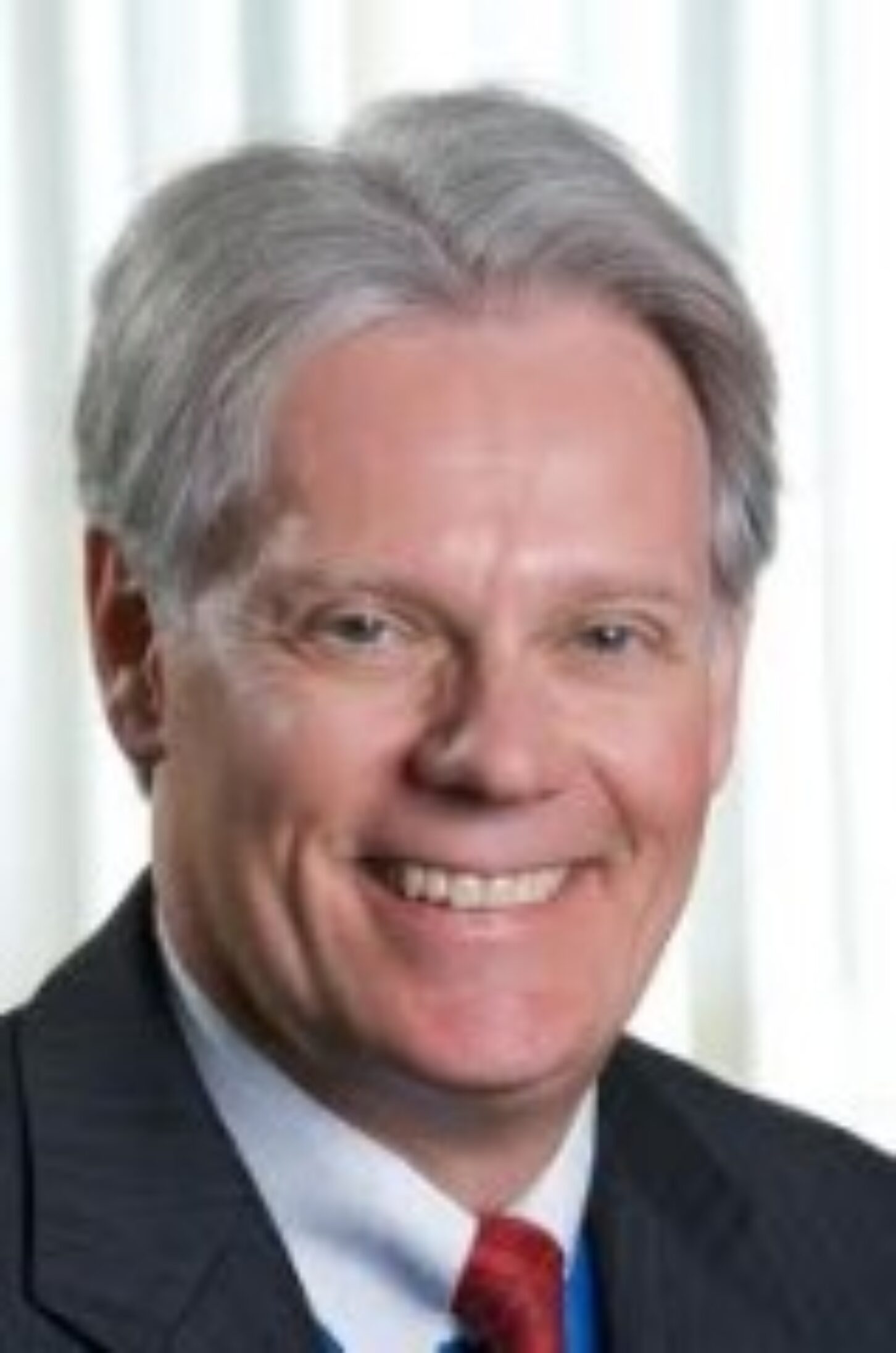
By Mike Klein

There is a tendency here in Georgia to consider that school choice is an open question. This is particularly true because of the high stakes – you might want to call it angst – on both sides of the charter schools commission constitutional amendment question that will be decided by voters in November. Another view suggests the national battlefield has already begun to move.
“This debate has been won to a large degree,” says University of Arkansas economist and education policy analyst Jay Greene. His school choice preference is at odds with traditionalists who would put four walls, a ceiling, a floor and locked doors around public school students.
“There are still dinosaurs walking the earth who say NO, choice is bad but politically that is becoming unacceptable,” says Greene. “Both political parties in their national platforms embrace parental choice, embrace the idea of competition. You hear this from (U.S. Education) Secretary (Arne) Duncan and from President (Barack) Obama. That war is over. Now the debate is over choice under what conditions and what regulations.
Greene brought his pro-school choice message to a Georgia Public Policy Foundation audience last week in Gainesville. The education policy briefing honored the legacy of Milton Friedman, the Nobel Laureate in economics and the earliest champion of school choice, who was born 100 years ago this month.

“Milton Friedman wasn’t just an articulate defender of the moral case for freedom. He was a rigorous economist,” said Greene. “The pursuit of freedom in education helps produce better outcomes just like the pursuit of freedom in our economy and in our personal lives.”
Using his trademark deep data and lots of power points, Greene relentlessly outlined why he believes the problem with public education today is not investment – he noted that per pupil spending has increased 131 percent nationally and 220 percent in Georgia during the past 40 years. “We’ve been hiring an army of teachers,” Greene said.
Nor does Greene believe there is a significant difference in students today and decades ago. “Kids aren’t dumber than they used to be or less capable than they used to be. They’re just about the same and if you think 1970 skills are fine for a 21st Century economy then we’re doing just fine other than the wastefulness of spending a lot more money to get the same outcome.”
There is ample evidence to suggest public schools have failed America. The nation has slipped way down virtually every chart that compares students from industrialized nations. The 2009 Programme for International Student Assessment of students worldwide ranked U.S. students 14th in reading, 17th in science and 25th in math. The Obama administration described that study as “an absolute wake-up call for America.”

States including Georgia have littered the landscape with tests that attempted to show student progress. No state test anywhere has as much credibility as NAEP – the National Assessment of Educational Progress exams that have measured reading, math and science performance since the early 1970s. NAEP scores over four decades show virtually no educational progress.
Nationally, 17-year-old students scored 285 on the 500-point NAEP reading test in 1971. They scored 286 in 2008, no improvement. Mathematics scores improved just two points from 304 to 306 during the same 37-year period. National science tests showed similar flat performance.
How did this happen? “Spending more money didn’t give us the outcomes that we wanted,” said Greene. “The truth is we don’t know what to do for everyone. We have ideas about what to do for different kinds of kids in different kinds of circumstances but there is no single solution to our instructional needs.”
In The World According to Jay Greene, public education should mirror how we live, work and play. Much of what we do in every day living is done by choice. We can choose preschools. We can choose universities. But between kindergarten and through public high school most students attend schools based on where they live. No choice.
“The idea of choice and competition is pervasive in our society,” Greene said. “The burden really ought to be on supporters of a bizarre system that is so totally different from other aspects of our lives. There may be historical reasons why we started that way but it’s very hard to justify why if we’re starting from scratch today we would build that public school system that we have.
“The real debate is not should we have choice or not. We are already comfortable with the general idea of choice in education, particularly residential choice (choosing a school by purchasing a house in a new district). Different kinds of choice schemes will produce different regulatory schemes and could produce different outcomes.
“Our public schools can rise to the occasion,” Greene said. “They respond to competitive pressure. Achievement rises in schools when they face competitive pressure.”
The Foundation announced it has joined the Georgia Chamber of Commerce project“Smarter Funding, Better Outcomes” that will examine how to improve the state’s K-12 public school funding formula that has not been changed since 1985. The Bill and Melinda Gates Foundation is providing financial support. (Click here to learn about“Smarter Funding, Better Outcomes.”)
(Click here to watch Jay Greene’s presentation on the Foundation’s YouTube channel.)
(Click here to read Jay Greene’s education blog.)